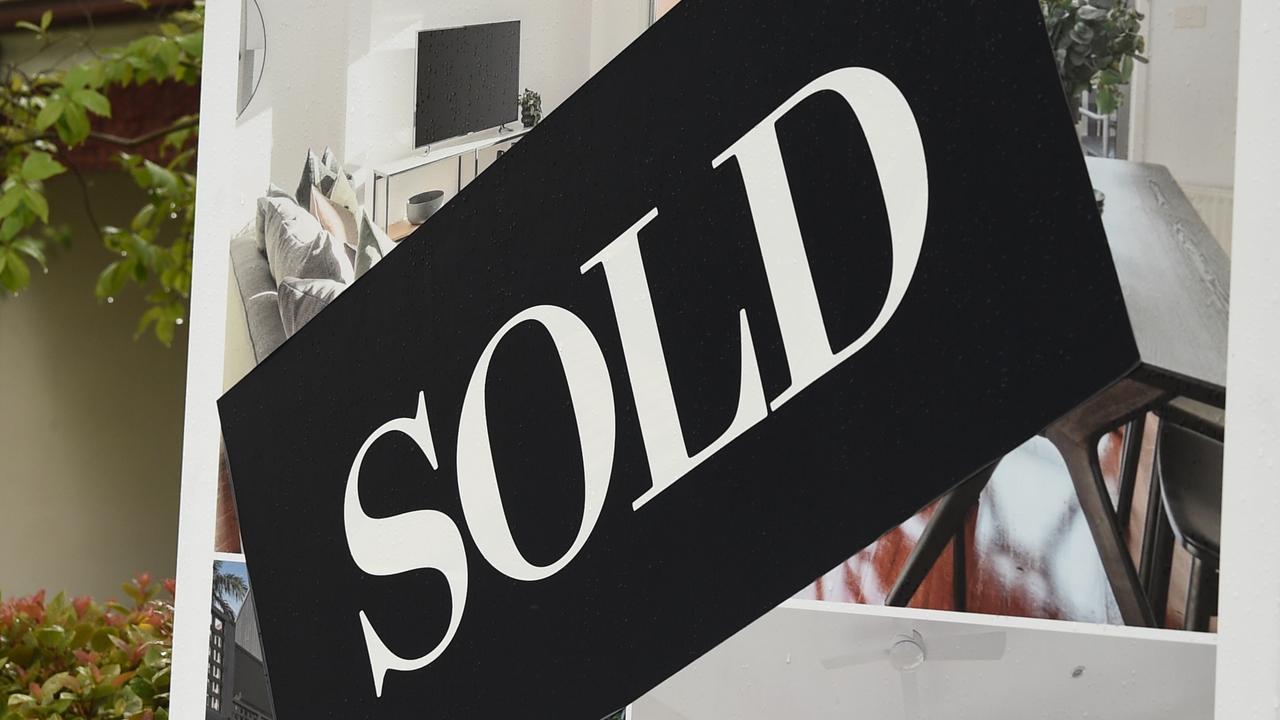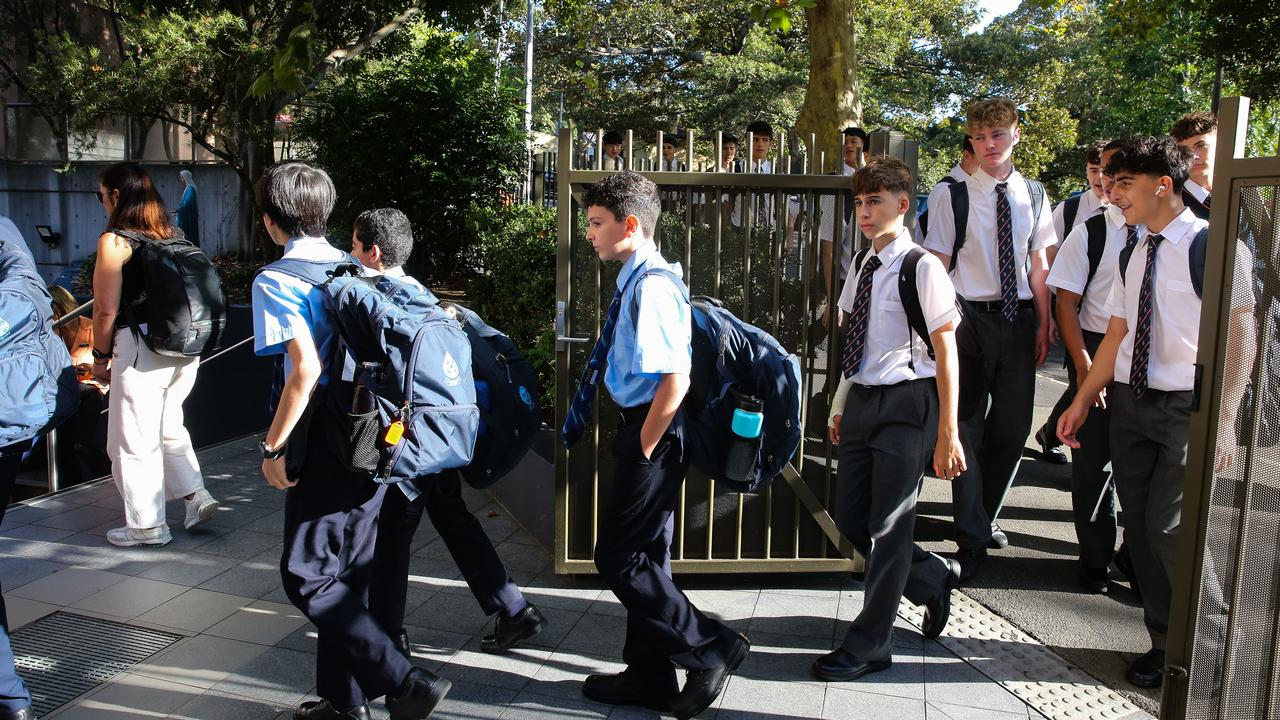First home buyers shrug off soaring house prices, financing costs, as new lending surges
Despite the surging cost of purchasing a new home and the rise in borrowing costs, the number of first home buyers taking out loans has rocketed higher in the last 12 months.

Despite fears that the dream of home ownership was becoming increasingly unreachable for many young Australians, the number of new first home buyers has soared in the last 12 months.
Across Australia, the number of new home loans for first time buyers surged 20.3 per cent in the 12 months to November, according to fresh seasonally adjusted figures released by the Australian Bureau of Statistics on Friday.
In November alone, 11,205 first home loans were purchased.

Since the RBA began hiking rates in May 2022, the amount a family with two children and a household income of $150,000 can borrow has plunged by 32.8 per cent or $247,600, while the cost of servicing an average mortgage has climbed by more than $1500.
At the same time, the average loan size for first home buyers edged lower to $505,000, however this was just $3000 below its record level.
But despite the increase in borrowing costs and house prices, young home buyers appear undeterred from purchasing a place of their own, with the number of new mortgages steadily returning to their pre-pandemic levels.
More broadly, the fresh monthly data showed new loan commitments for all buyers, rose 1 per cent across November, undershooting economists expectations for a 1.3 per cent increase.

The rise was driven by both investors, up 1.9 per cent, while lending to owner-occupiers was more subdued, up 0.5 per cent, over the month.
NAB’s head of market economics Tapas Strickland, said that the current economic conditions didn’t appear to be significantly reducing the demand for new loans.
“The ongoing lift in November, following October’s sharp 7.1 per cent increase, plays to the view of financial conditions not being especially restrictive from the perspective of new lending demand,” Mr Strickland said.
The continued demand for new loans, Mr Strickland added, was indicative of an outcome where inflation would return to its pre-pandemic levels without causing a recession,
“In terms of flow through to the broader economy, housing momentum if sustained would act to support consumer spending in 2024, adding to notions of a soft-landing,” he said.
Adelaide Timbrell, senior economist at ANZ, said lending to first home buyers would have likely been higher had it not been for the limited number of listings and the sluggish flow of new residential building approvals and construction.
“Growth in housing lending seems to be limited by low sales volumes rather than a lack of willingness to borrow,” Ms Timbrell said.



